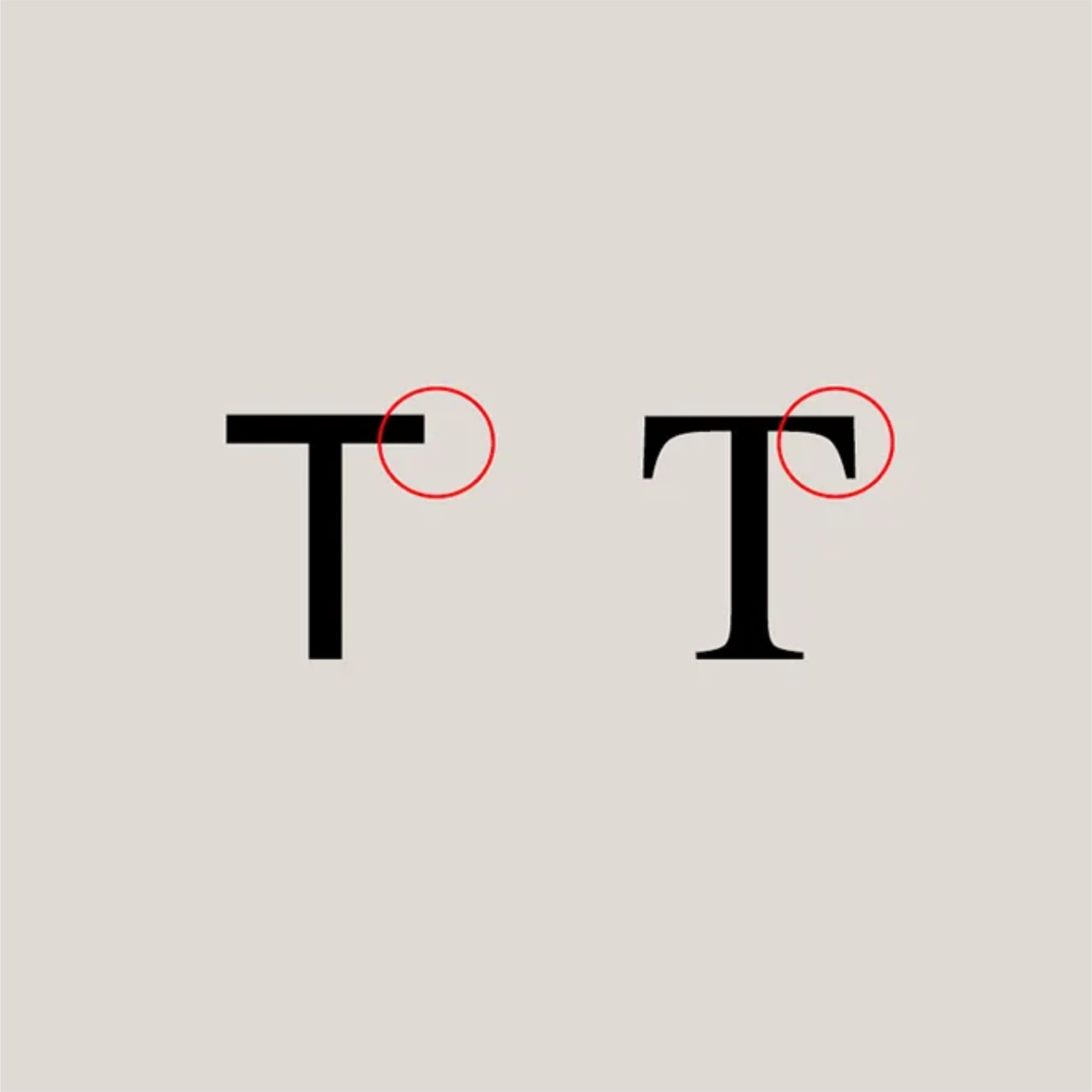
If you’ve ever seen a font with small decorative strokes at the ends of the letters, you’ve come across a Serif font. This style of typography is widely used in print, books, and brands that aim to convey professionalism and authority.
What Is a Serif Font?
Serif fonts are characterized by small decorative details known as serifs at the ends of their strokes. These embellishments can be subtle or more pronounced, depending on the typeface design. Popular examples include Times New Roman, Garamond, and Georgia.

Key Characteristics
✅ Elegance and tradition: Commonly associated with classic, formal, and trustworthy brands.
✅ Better readability in print: The serifs help guide the reader’s eyes along lines of text, making them ideal for long-form reading.
✅ Professional appearance: A top choice for corporate documents, formal invitations, and high-end branding.
When to Use a Serif Font
✔ For long printed texts: Books, magazines, and newspapers benefit from their readability.
✔ For luxury or serious brands: Industries like finance, law, or education often use serif fonts to convey trust.
✔ For formal documents or presentations: Ideal for reports, letters, and official documents.
When to Avoid Serif Fonts
❌ On small screens: At smaller sizes, serifs can hinder readability on digital devices.
❌ In modern, minimalist designs: If you’re aiming for a clean, contemporary look, a Sans Serif font may be a better fit.
Serif fonts are a great choice when your goal is to convey authority, tradition, and professionalism. While they may not always be the best option for digital interfaces, they remain a reliable and popular choice for print media.
Web Fonts
Latest Posts
Follow Us
